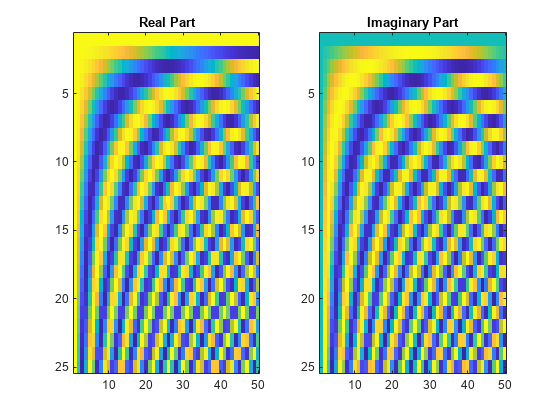subdict
Description
Ar = subdict(A,rowIndices,colIndices)Ar that corresponds to the rows and columns
specified by rowIndices and colIndices,
respectively.
Examples
Input Arguments
Output Arguments
Version History
Introduced in R2022a

